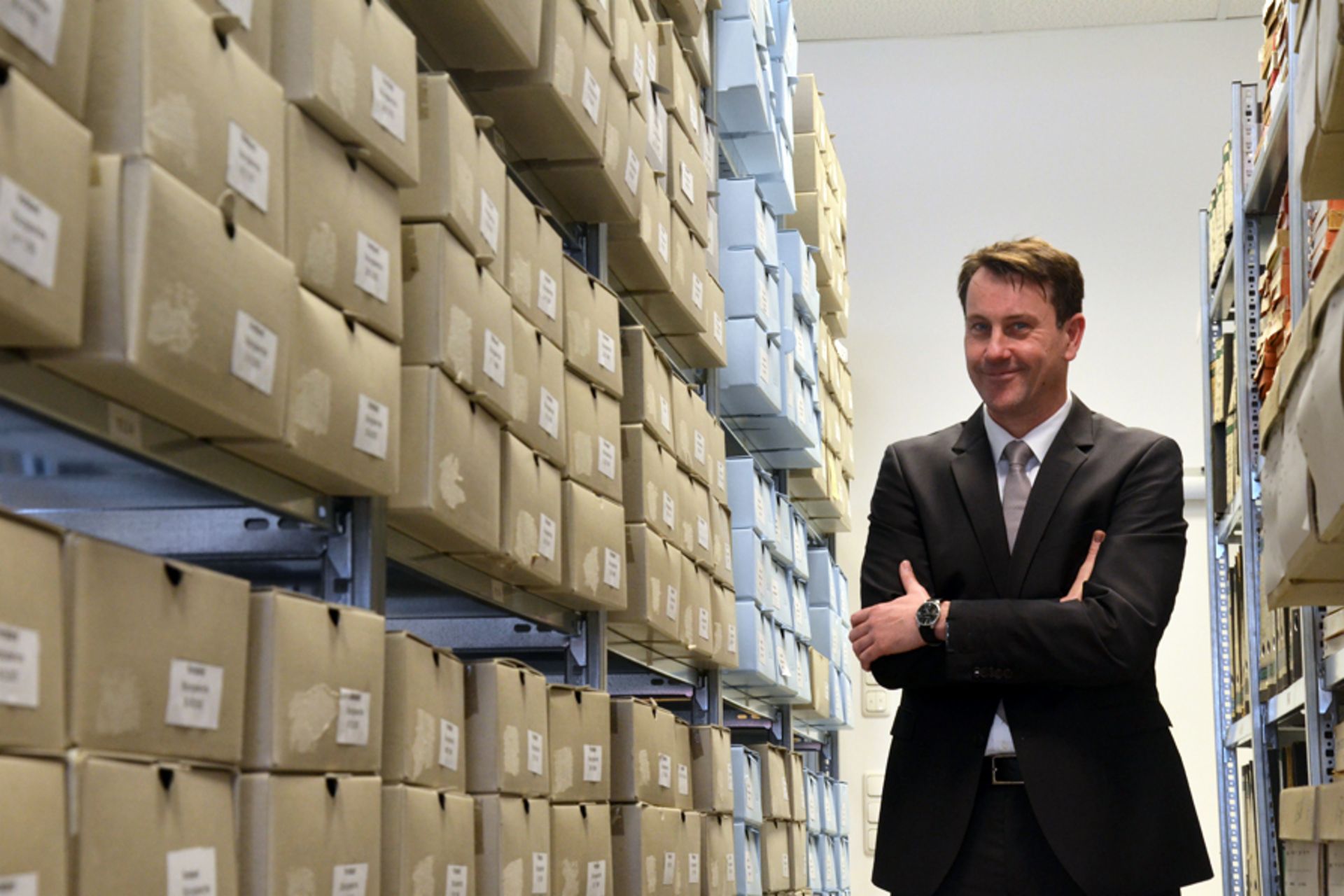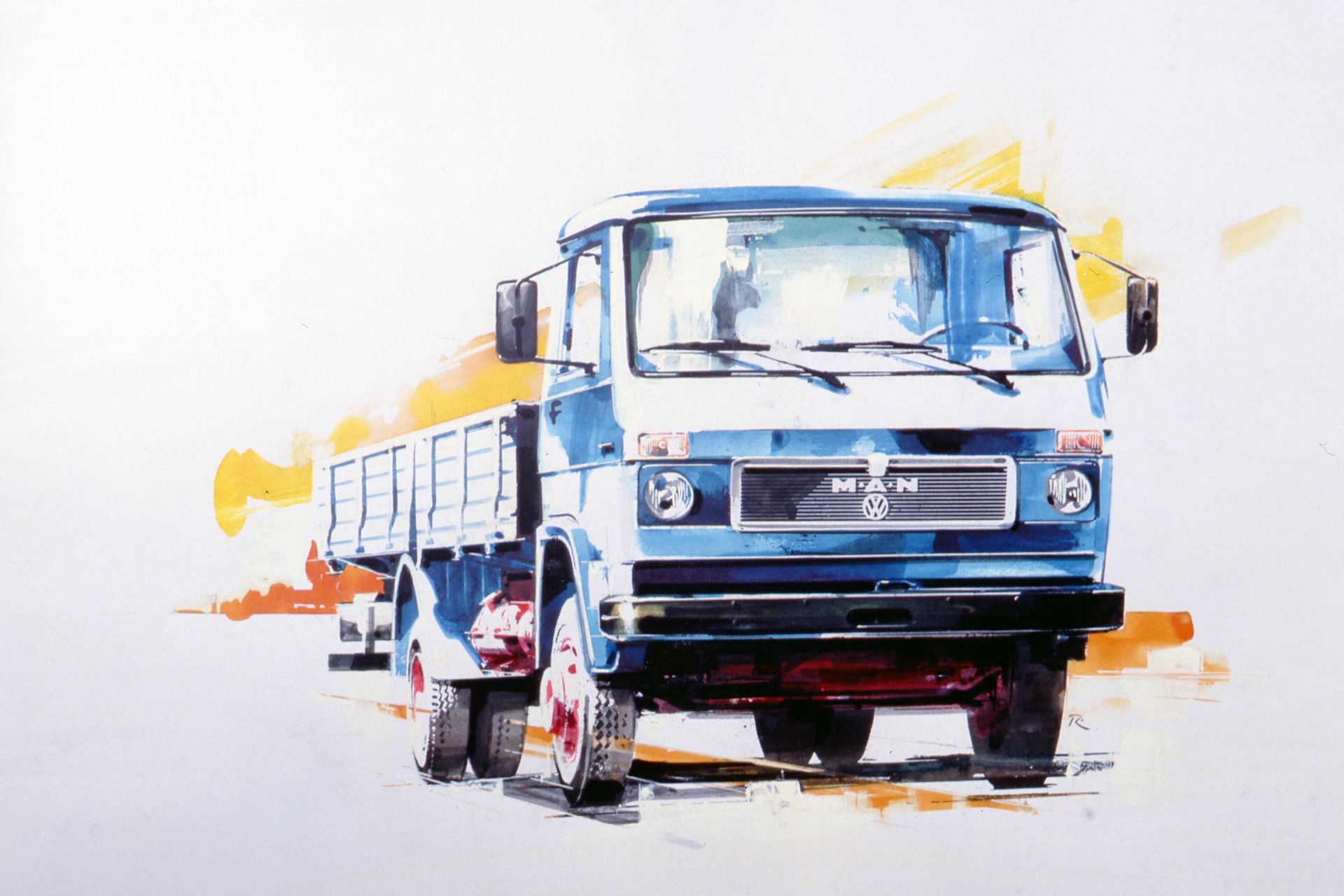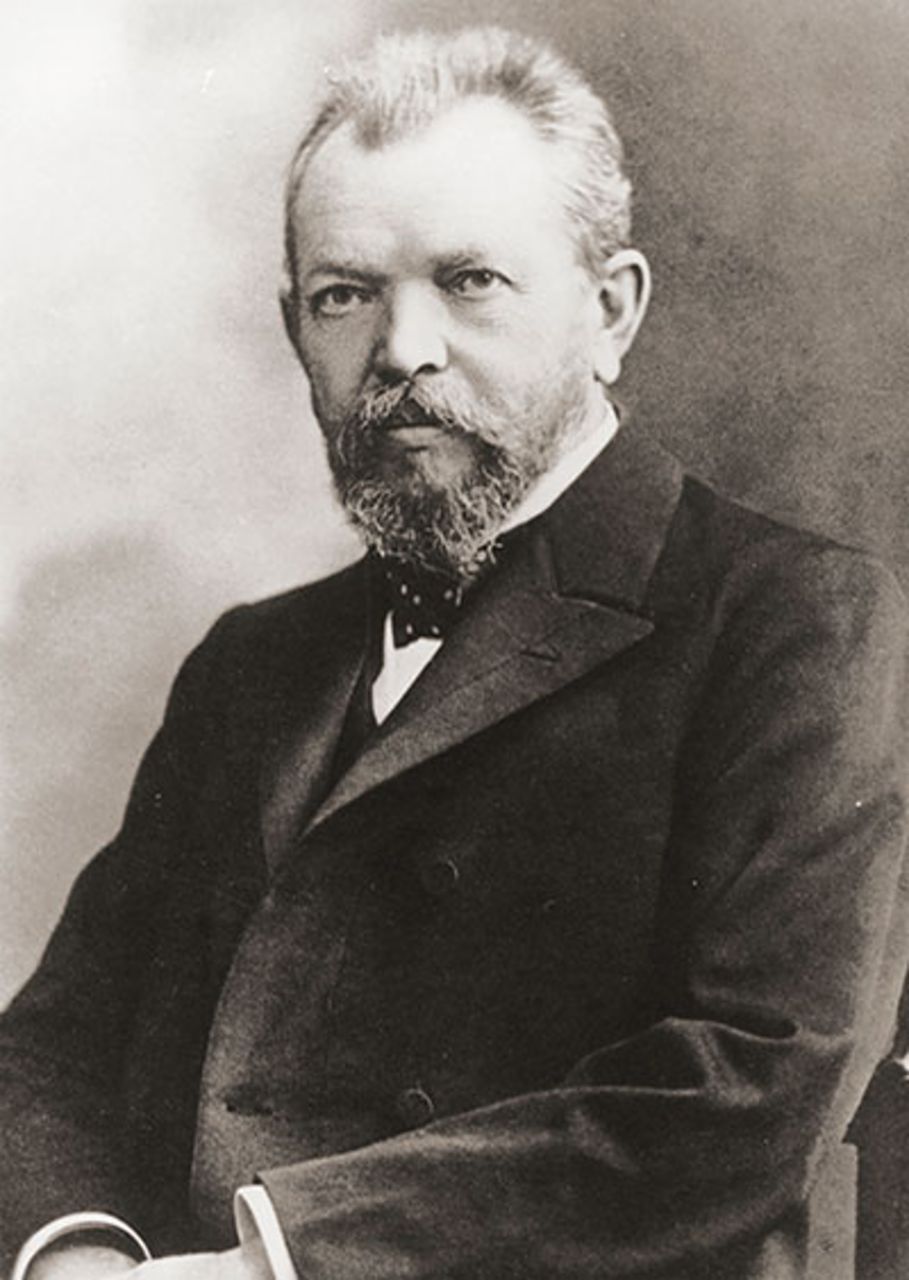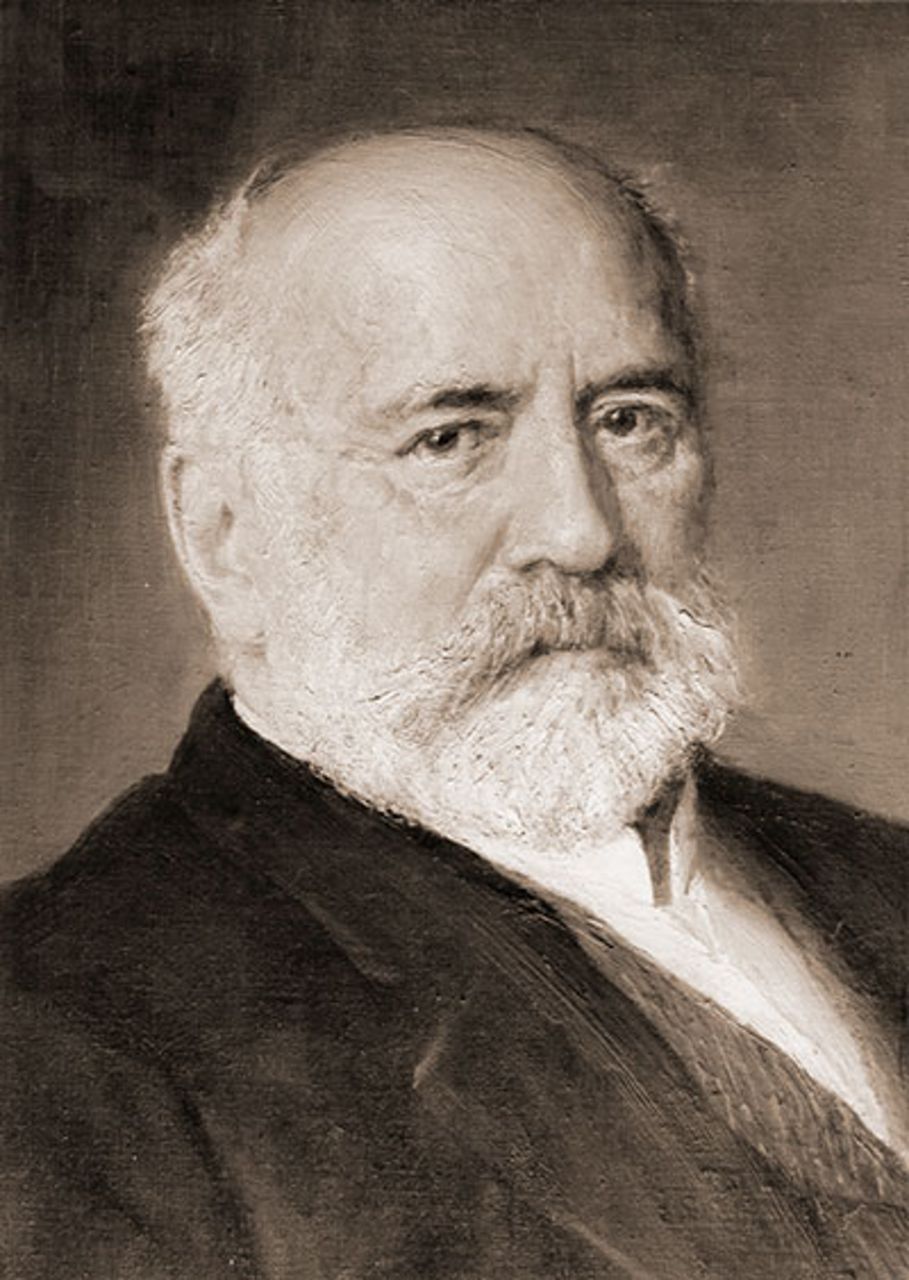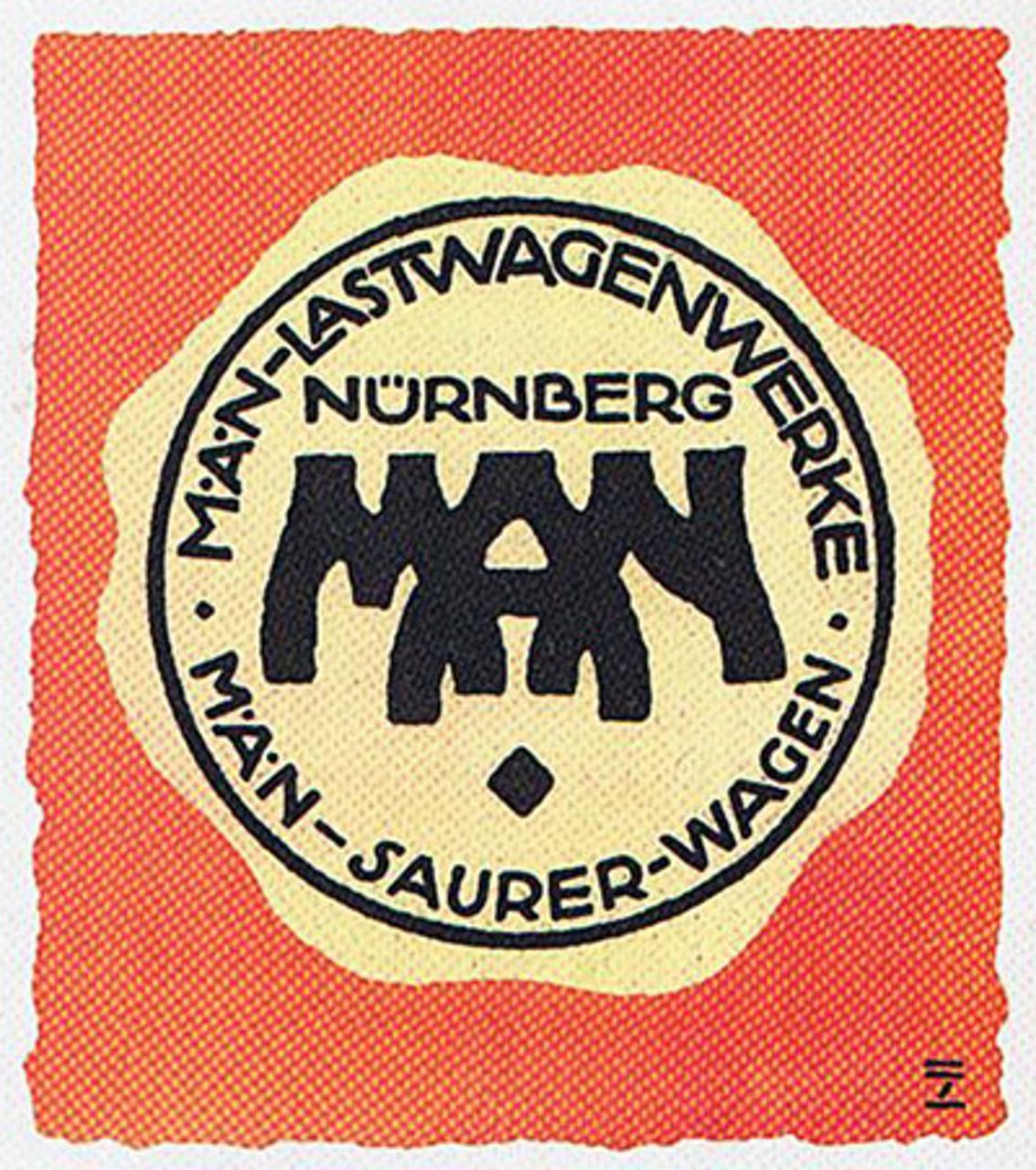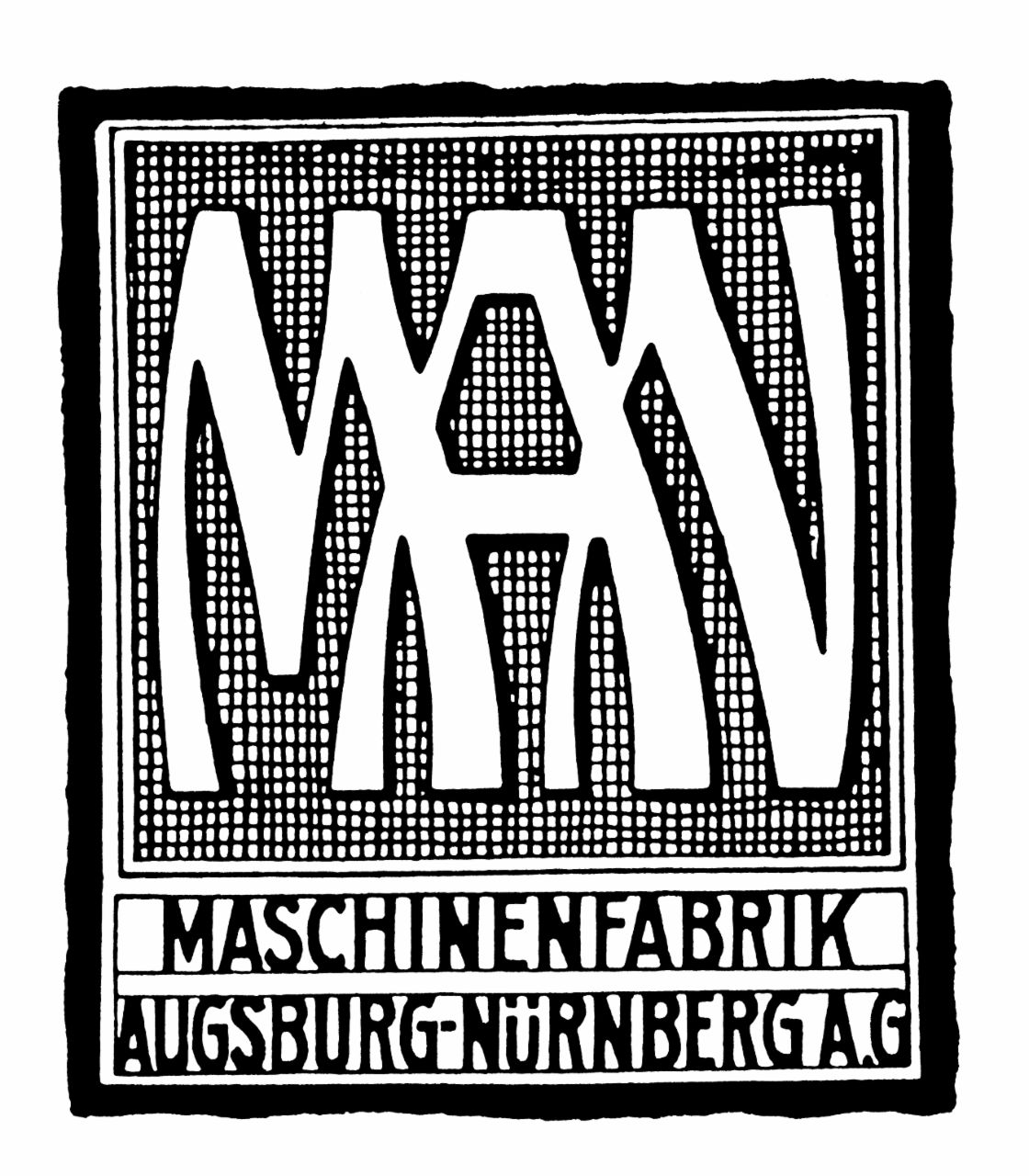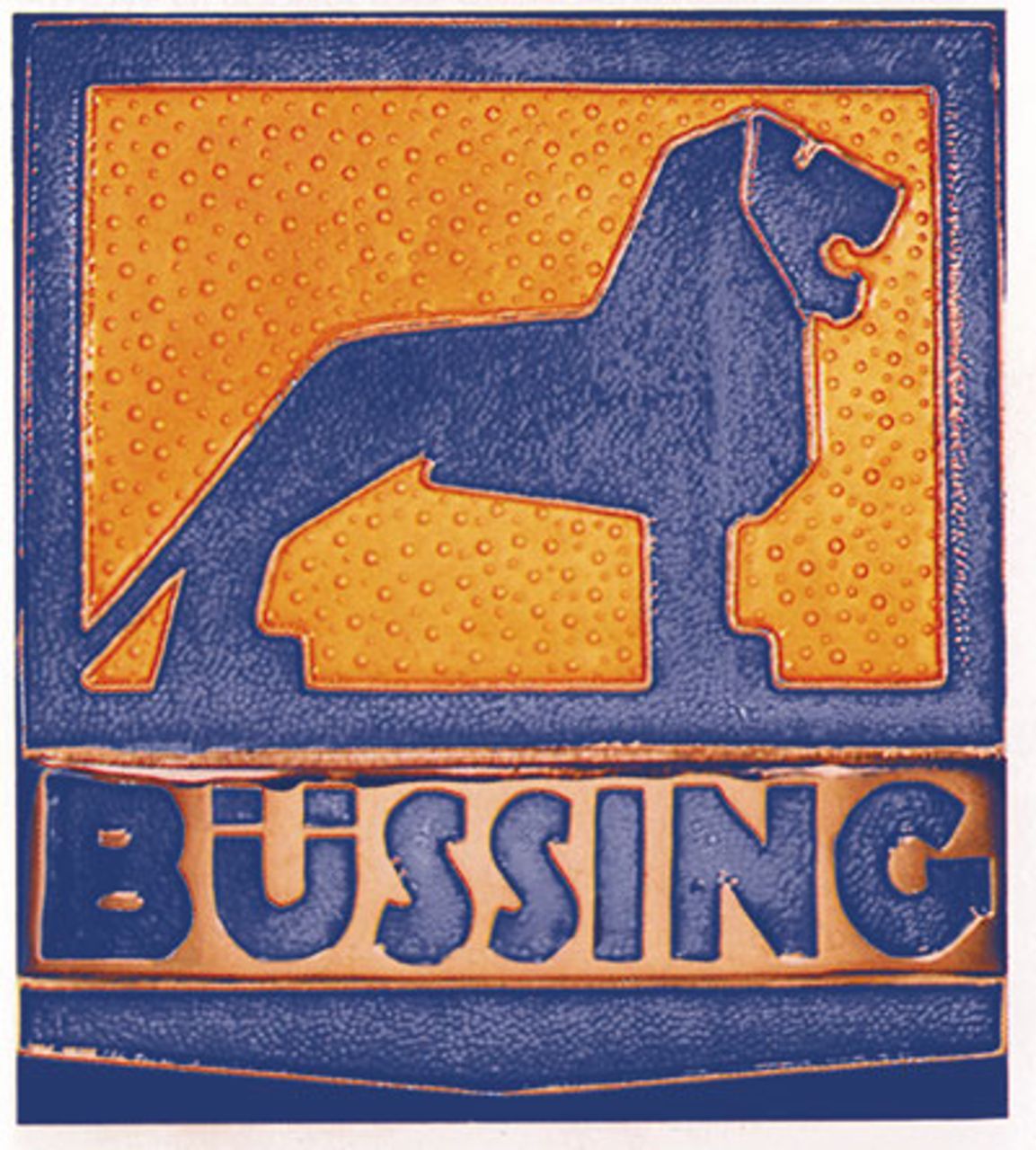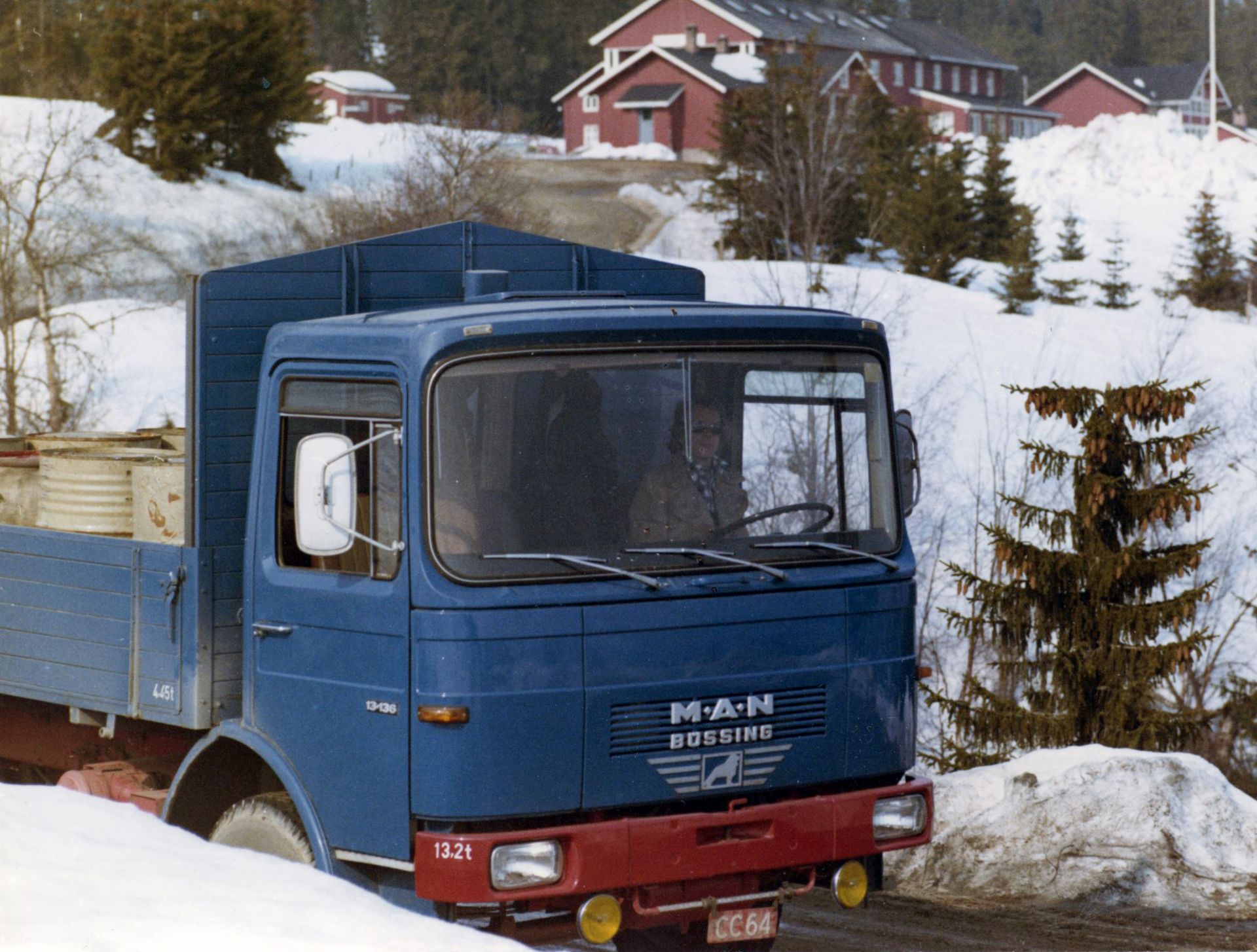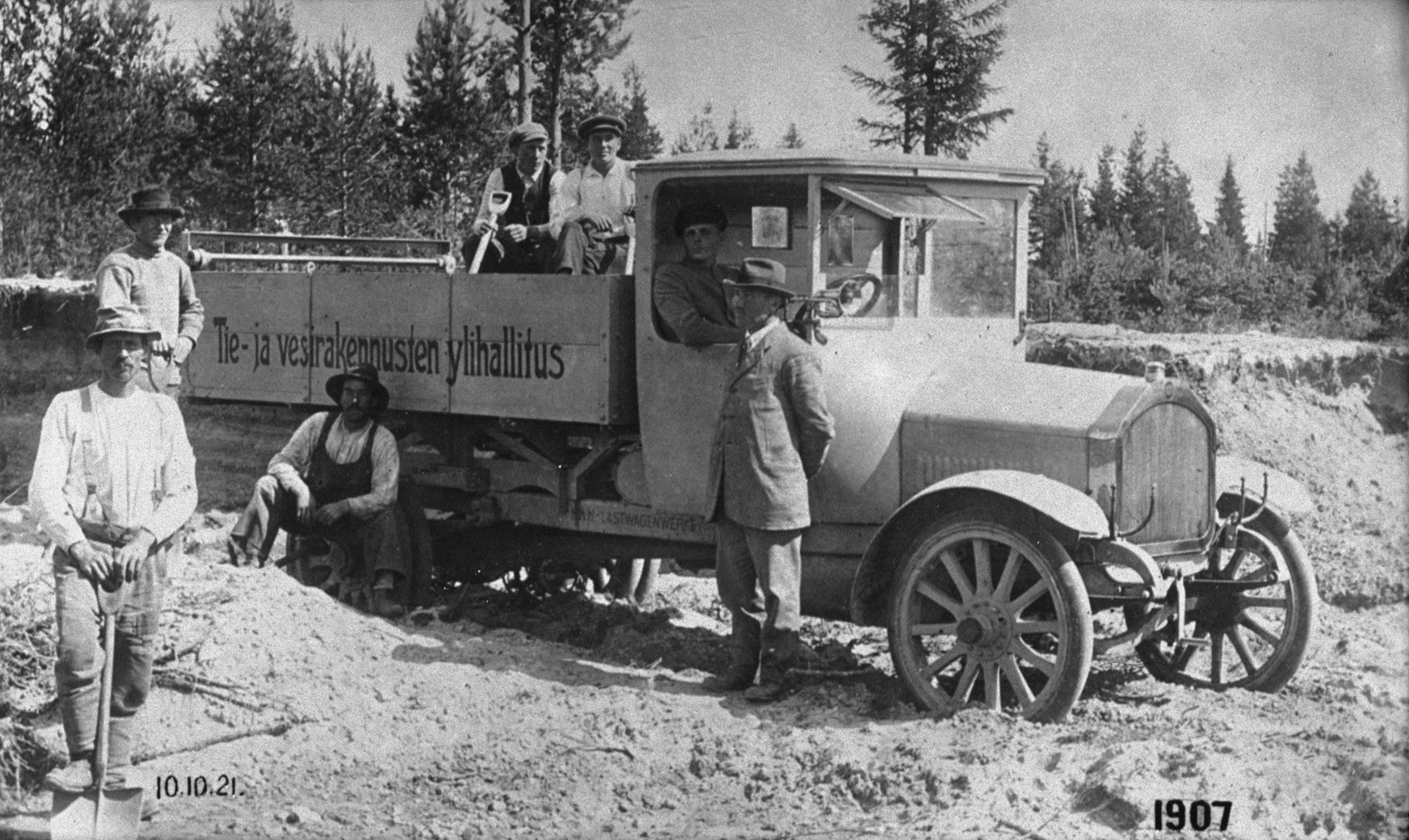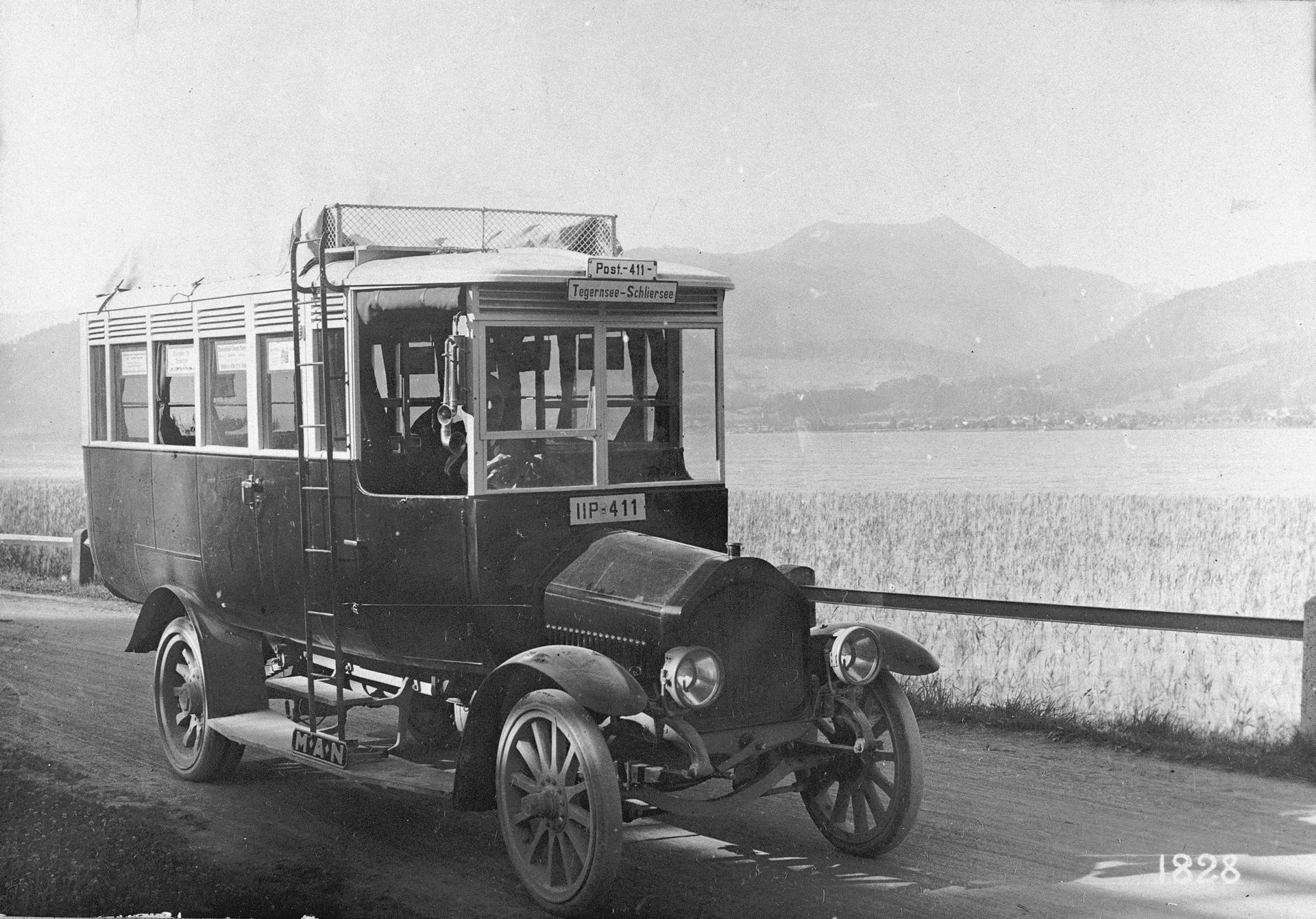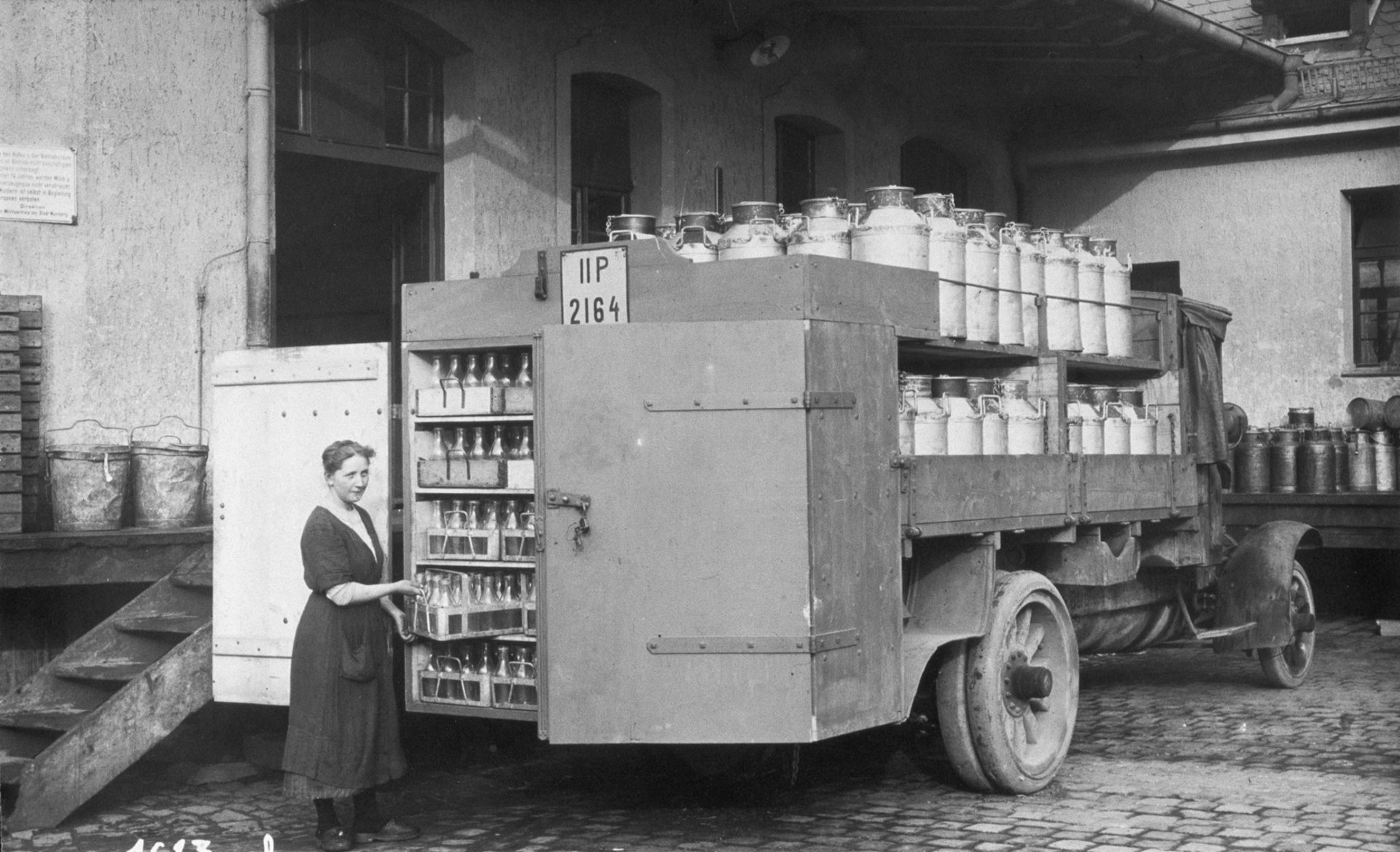Mr. Stibbe, MAN’s history is also a history of mergers. It was formed around 120 years ago as a result of two companies joining forces to become what was then known as M.A.N. From a historical point of view, are mergers the catalyst needed for long-term business success?
Mergers are definitely a driving force for accelerating development. As they merged in 1898, Maschinenfabrik Augsburg and Maschinenbau-Actiengesellschaft Nürnberg bundled their competencies and economic power. This gave rise to one of Germany’s leading mechanical engineering companies. MAN’s corporate history has been shaped by mergers and cooperation initiatives ever since.
Can you give us another example?
Think back to the partnership with Renault subsidiary Saviem in the 60s. This cooperation benefited both companies. MAN took over one of Saviem’s vans and began selling it in Germany. Up until then, it had not had a small vehicle like that in its portfolio. Saviem was also how the F7 driver cab made it over to MAN — a cab-over-engine design that the Company had not previously had. This paved the way forward and ultimately ushered in the era of modern vehicles for MAN. In return, the French gained access to innovative engine technologies. MAN and Saviem: a transfer of technology among equals.
Is the notion of “equality” what makes a good merger?
Most definitely. As it partnered with Volkswagen at the end of the 80s, for example, MAN took the lead on most production activities for the G90 truck product line. In turn, MAN benefited from Volkswagen’s extensive sales network. These are also important aspects of a merger: not just exchanging technological expertise, but also things like network coverage, better market penetration. This was a win-win situation for both MAN and Volkswagen.
The “how” also seems to play an important role in a merger. The two managers that were the driving force behind the merger of two companies to form M.A.N. in 1898 treated each other with utmost respect. You read the letters they had exchanged back in the day. What did you find fascinating about them?
The two directors Anton von Rieppel and Heinrich von Buz spoke very openly and trusted each other from the beginning of the negotiations. Of course, neither of them ever lost sight of the good of their own company. They acted very independently, without letting Supervisory or Executive Board members know what they were doing beforehand. That was brave of them. They wrote each other very formal letters full of sentences in the subjunctive that today sound old-fashioned. A sign of considerable appreciation, of respect between two equals, as I already mentioned. Despite this formality, the letters were always very specific.
What do you mean by that?
Well, the two directors were planning a comprehensive merger in no uncertain terms. A crucial element of this was something that still makes a good merger today: the two sides gave each other a lot of entrepreneurial freedom. The last thing they wanted was for Augsburg to interfere too much in what was going on in Nuremberg, or vice versa. Both companies retained a relatively independent product portfolio, even after the merger. Another thing: in 1898, the year in which the merger took place, Rudolf Diesel readied his engine technology for series production in Augsburg, and Heinrich von Buz and his team of engineers helped him to do so. After the merger, the two companies shared the relevant expertise, which is how diesel technology found its way across the entire company. A notable example of technological transfer.
Exchanging polite letters to negotiate might be an example of a successful merger, but I doubt you can apply it exactly to modern-day negotiations. These days, mergers tend to involve external consulting firms.
Nowadays, merging two companies together is much more complicated, and there is certainly no getting around having to seek outside help, that is true. Plus, in the past Executive Board members or directors would stay in their role pretty much their whole lives. Today, top managers might spend five years in a job before moving to another company. This is not me being judgmental — times have simply changed. Having said that, cultivating personal relationships at the highest level remains extremely important for any future merger or cooperation initiative. MAN’s commercial vehicle arm, for example, was formed in 1915 as a result of a joint venture with Swiss manufacturer Saurer. This cooperation also saw the responsible players maintain direct contact and show tremendous personal dedication.
What did that look like?
They met in person, opened up their books, visited production plants together, spoke to workers, and just showed extraordinary transparency throughout the entire transformation process in the spirit of getting the two companies to work on a common goal as harmoniously as possible.
The entrepreneurial challenges companies face today are a lot more nuanced. Key words: e-mobility, autonomous driving, digitalization. Are mergers an indispensable tool for success, what is your take on that as a historian?
Being a historian, I cannot possibly comment on modern business philosophies because I do not know enough about them. But in general, I can say that the credo is the same today as it was then: success through change. This is something MAN experienced and shaped many times. Just look at the year 1985. Back then, the Company had a very broad basis: it built bridges, drilling platforms, floating cranes, trains — it even supplied the key technology for the Ariane carrier rocket. And, of course, it made commercial vehicles. This was an incredibly extensive product portfolio. However, MAN struggled to keep up with technological progress in all areas. With this in mind, it began to focus its resources, outsource, and cooperate with other companies in specialist areas in order to take on the necessary investments in knowledge and innovation.
Eventually, MAN itself found a new home under the TRATON GROUP umbrella. What will historians have to say about this partnership in the years to come?
I cannot see into the future, unfortunately. But what is clear to me is that the merger with the TRATON GROUP creates benefits for MAN in the form of numerous synergies within the Group network, be it technological, financial, or strategic. In turn, of course, MAN offers its support and sometimes a leading role in the network, for example launching the heavy-duty truck series in Brazil for its partner VWCO or developing and producing engines and components for intelligent partnerships.
You were one of the authors of the publication commemorating the 100th anniversary of MAN Truck & Bus. Are you already working on new chapters?
The nice thing about documenting company milestones is that tomorrow, today will be yesterday. I always say: if you want to shape the future, you have to remember the past. The Company’s historical Archive provides a valuable source of knowledge for this. We carefully document developments in its history so that future generations are also able to understand the exciting switch over to digital business models and to interconnected, zero-emission mobility that is currently happening as holistic transportation solutions.
